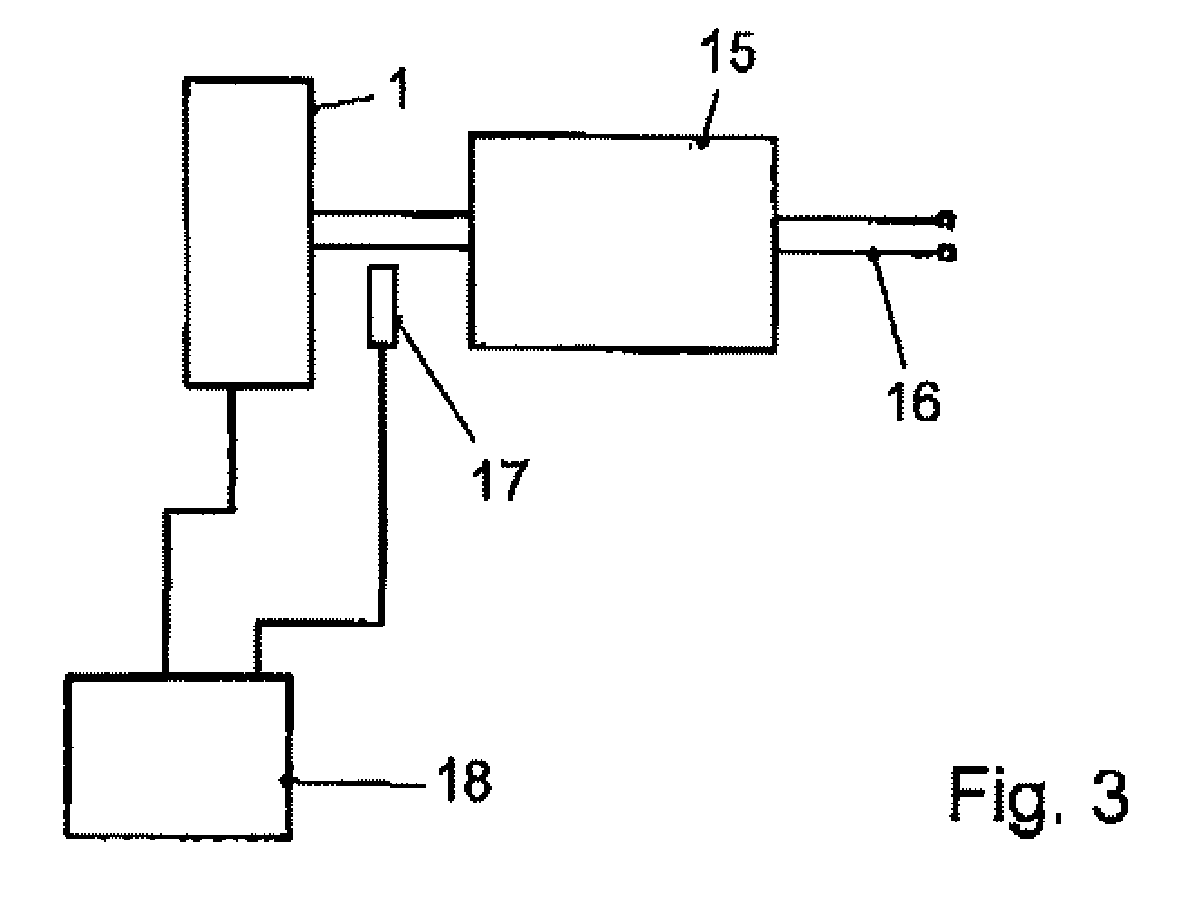Machine for fixing
a technology for fixing machines and fixing rods, applied in the direction of transformers/inductances, dynamo-electric machines, inductances, etc., can solve the problems of inability to use in all applications, complex design, and subject to wear, and achieve high cogging force, high cogging force, and high torque ripple
- Summary
- Abstract
- Description
- Claims
- Application Information
AI Technical Summary
Benefits of technology
Problems solved by technology
Method used
Image
Examples
Embodiment Construction
[0017]FIG. 1 shows a 60° detail of a complete machine circumference of a machine according to the invention. The other 300° correspond to a repeated arrangement of the illustrated 60°. The electrical machine 1 is a rotating machine which has an external primary part 2 and an internal secondary part 3. The primary part 2 forms a fixed-position stator, and the secondary part 3 forms a rotor. The movement degree of freedom of the electrical machine 1 is the rotation of the secondary part 3 within the primary part 2. The primary part 2 has a laminated core which forms teeth 4, with coils 5 being wound around each of the teeth 4 such that the teeth 4 together with the coils 5 form electromagnets. On its radially external side, the rotor has permanent magnets 6 and 7, wherein the permanent magnet 6 forms a rotor south pole, and the permanent magnet 7 forms a rotor north pole. There is an air gap 8 between the primary part 2 and the secondary part 3. A magnetic field is formed across the a...
PUM
 Login to View More
Login to View More Abstract
Description
Claims
Application Information
 Login to View More
Login to View More - R&D
- Intellectual Property
- Life Sciences
- Materials
- Tech Scout
- Unparalleled Data Quality
- Higher Quality Content
- 60% Fewer Hallucinations
Browse by: Latest US Patents, China's latest patents, Technical Efficacy Thesaurus, Application Domain, Technology Topic, Popular Technical Reports.
© 2025 PatSnap. All rights reserved.Legal|Privacy policy|Modern Slavery Act Transparency Statement|Sitemap|About US| Contact US: help@patsnap.com



